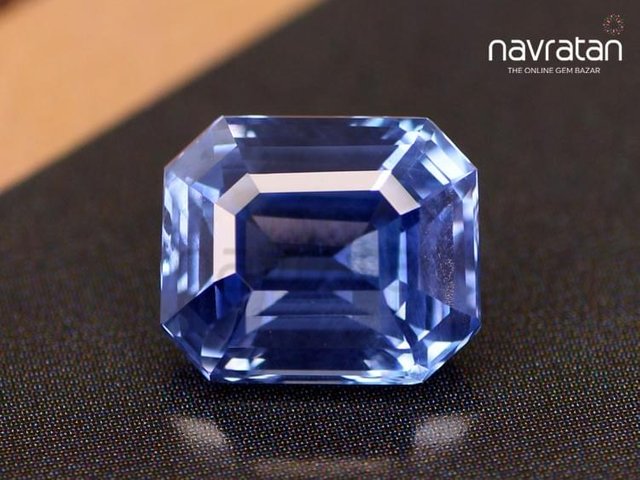Unveiling the Enigma: Understanding Blue Sapphire Prices

Blue sapphires have long held a special place in the world of gemstones, captivating with their exquisite beauty and rich symbolism. These gems, known for their deep blue hues and remarkable durability, have fascinated individuals throughout history. However, when it comes to purchasing a blue sapphire, understanding its price can be crucial. In this blog, we will explore the factors that influence blue sapphire prices, shedding light on what makes them valuable and providing insights for prospective buyers.
Color:
The color of a blue sapphire is perhaps the most significant factor in determining its price. The most desirable blue sapphires possess a vivid, velvety blue hue. This royal blue color, with no hints of other secondary hues, commands the highest prices. Sapphires with lighter or paler shades, or those displaying undertones of green or violet, are generally less valuable.
Clarity:
Clarity refers to the presence of internal inclusions and external blemishes in a blue sapphire. Gems with exceptional clarity and minimal visible flaws are considered more valuable. However, it is important to note that most natural sapphires contain some inclusions. The key is to strike a balance between clarity and overall appearance.
Cut and Carat Weight:
The cut of a blue sapphire plays a vital role in its price and appearance. A well-cut sapphire maximizes its brilliance and enhances its overall beauty. Gem cutters skillfully shape the sapphire, considering factors such as angles, proportions, and facets. Additionally, the carat weight, which indicates the size of the gem, affects its price. Larger blue sapphires generally command higher prices, especially when combined with exceptional color and clarity.
Origin:
The geographic origin of a blue sapphire can significantly influence its price and desirability. Historically renowned sources such as Kashmir, Burma (Myanmar), and Ceylon (Sri Lanka) have produced some of the finest blue sapphires. These origin-specific gems often possess unique characteristics and are highly sought after by collectors and enthusiasts. However, high-quality sapphires can also be found from other regions, so it's important to consider overall quality rather than solely relying on origin.
Treatment:
Treatment is a common practice in the gemstone industry to enhance a blue sapphire's color and clarity. Heat treatment is widely used to improve the gem's appearance by intensifying the color and reducing the visibility of inclusions. While treated sapphires are more prevalent and accessible, untreated, natural blue sapphires of exceptional quality are rare and therefore command higher prices. It is essential to inquire about any treatments and ensure transparency from the seller.
Market Factors:
Market demand and trends can also influence blue sapphire price. The rarity and desirability of certain characteristics, such as intense blue color or specific origin, can cause prices to fluctuate. Additionally, economic conditions, supply and demand dynamics, and consumer preferences all play a role in determining the market value of blue sapphires.
Conclusion:
The price of a blue sapphire is determined by a combination of factors, including color, clarity, cut, carat weight, origin, treatment, and market demand. Understanding these factors is essential for making an informed purchase decision. Whether you seek a vibrant blue sapphire for its beauty or for its symbolic meaning, consider these elements and conduct thorough research to find a blue sapphire that meets your expectations and budget. Remember, the true value of a blue sapphire lies not only in its price but also in the joy it brings and the enduring legacy it represents.